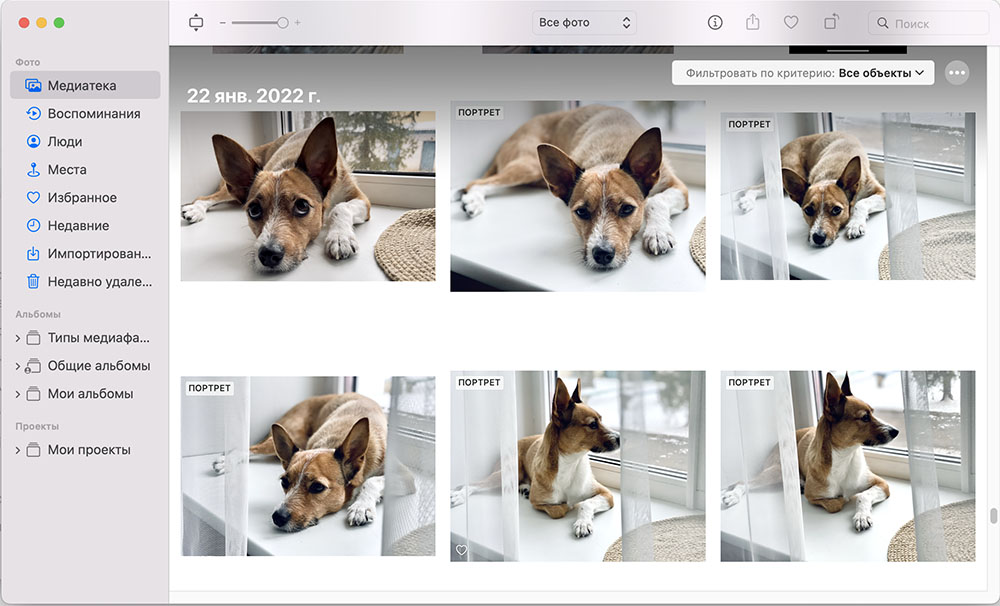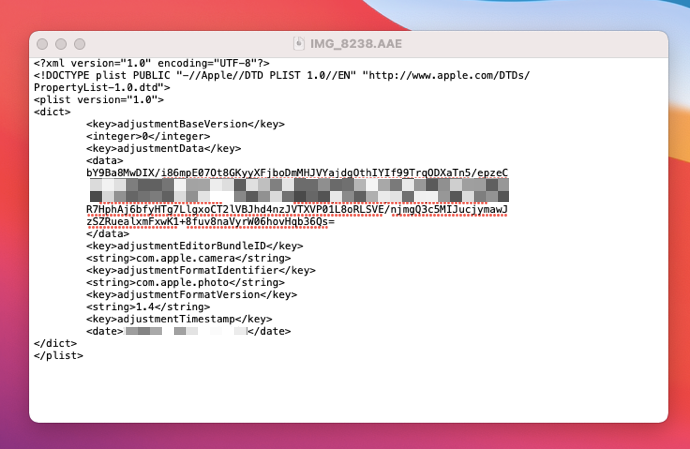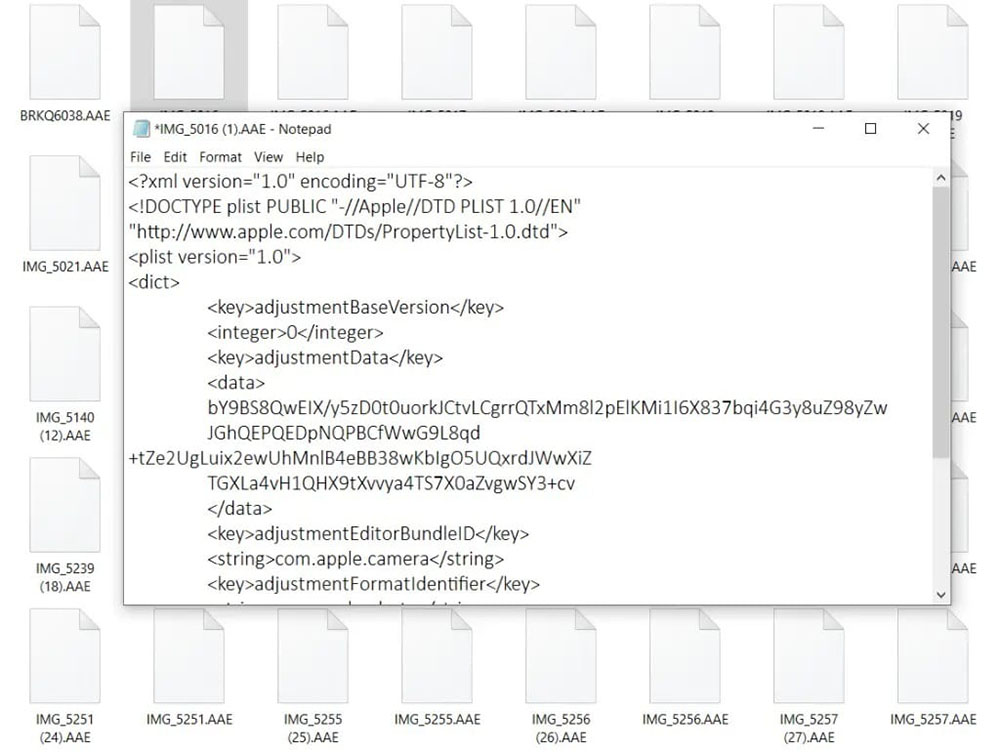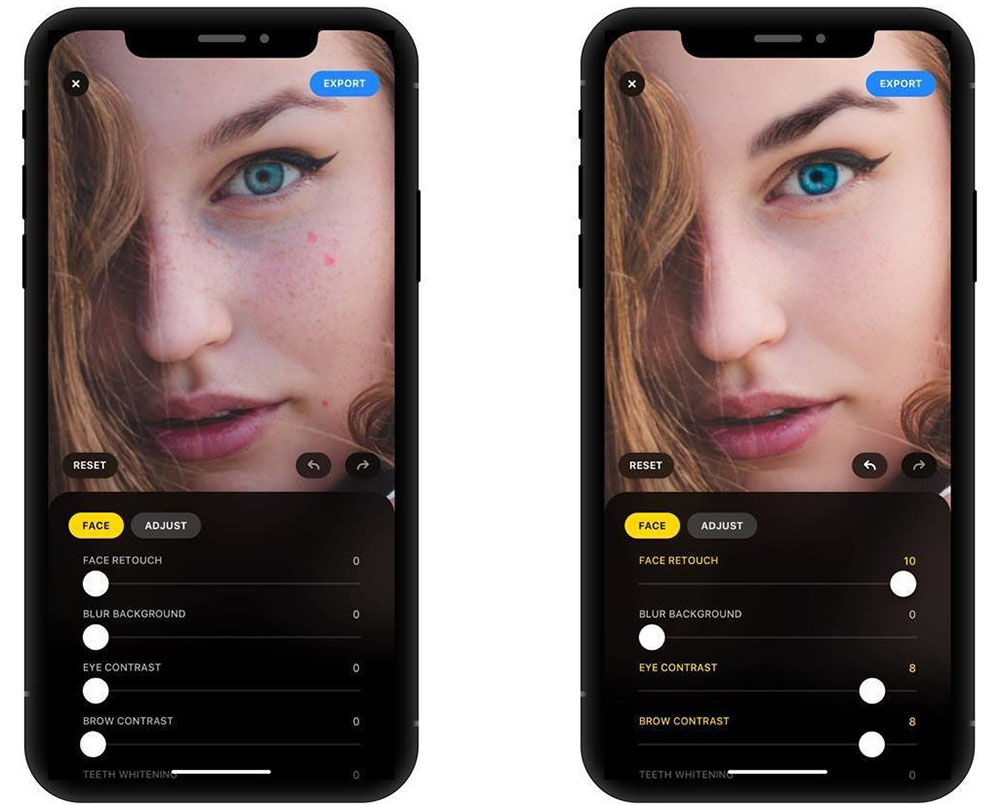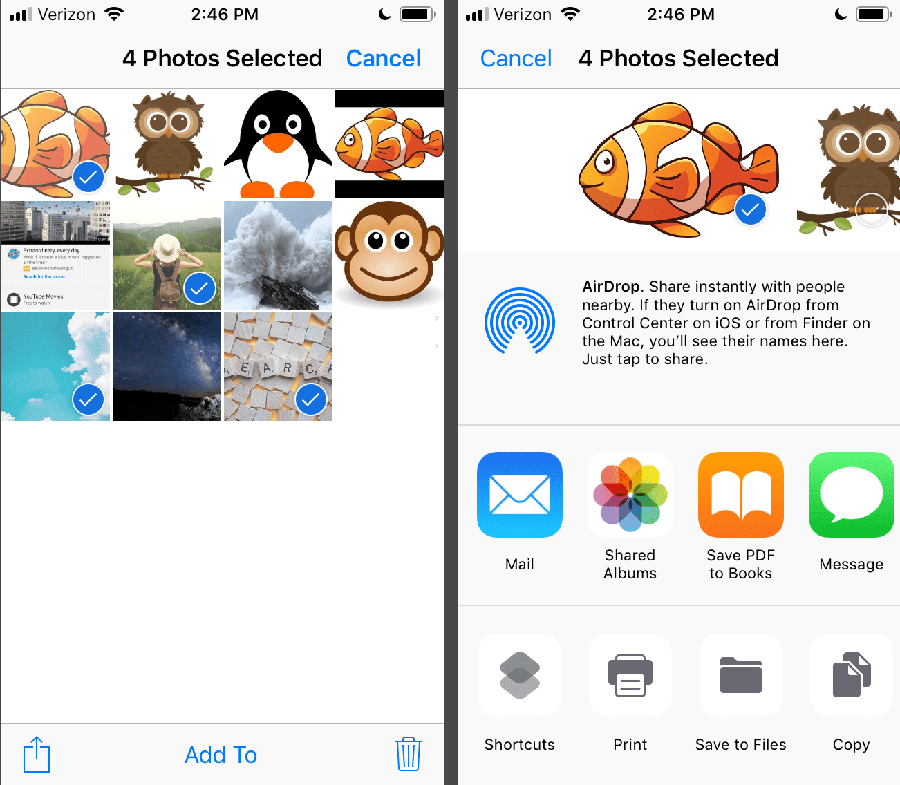Working with a computer or mobile devices, users are faced with data of various types and formats. There are many ways to encode, so it is not always possible to immediately determine the specifics of a file, especially if it is a rare format and it cannot be opened using the installed software. When transferring photos from an iPhone or iPad to a computer, in addition to HEIC and JPG images, you can also come across an unfamiliar AAE format of unknown origin. What are these files, what are they used for and whether they can be deleted, we will consider.

What is the AAE file format for?
First, let’s figure out what kind of format it is and what specifics the elements with the “.aae” extension have. You can find such files when you copy images from iPhone to a Windows computer, where you cannot open them, because the program that created these objects is missing, and the data structure is not supported by the available software.
The AAE file format is based on XML and is an image setting created in the iPhone Photos app. This data type is related to accompanying items and is used in the latest versions of iOS 8 and macOS 10.10 or later.
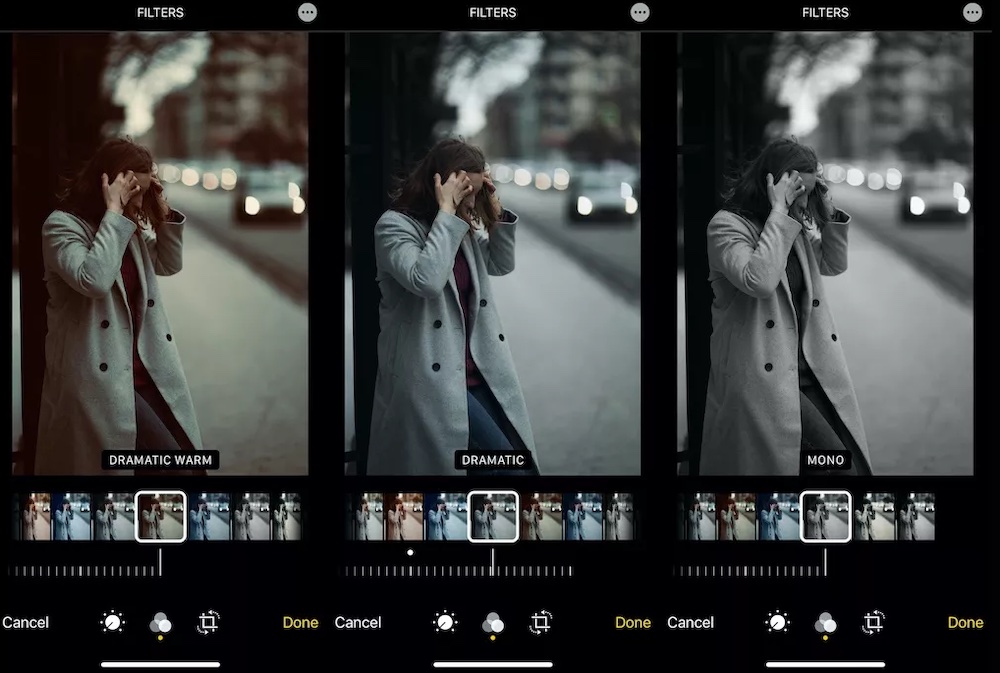
Each time you edit, AAEs are created, all the changes made are written to a separate file, while the original photo (or video) remains, so there is an opportunity to return to the source even after processing the photo with the device’s built-in tools. iPhone stores these settings with your photos. The names of the original element and the one describing the editing operations in the program and the application of various filters and effects are the same, they can be distinguished by the extension at the end of the name. If the image has not been processed, no AAE is created.
When copying to a computer, in the folder with photographs, you can see only three options for elements for each processed image, these will be objects with names such as:
- IMG_XXXX.jpg, IMG_XXXX.heic – source photos from the device’s camera;
- IMG_XXXX.AAE – edits made to the photo in the Apple Photos application;
- IMG_EXXXX.jpg or IMG_EXXXX.heic – corrected photograph.
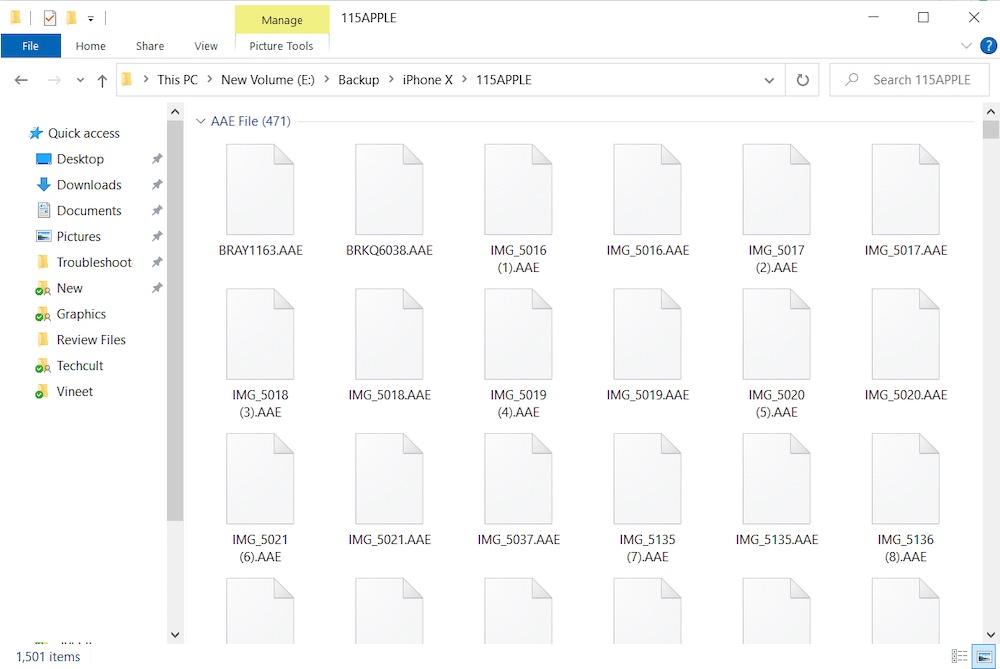
AAE files are unique to iOS and macOS, they are not designed to work on Windows, Linux operating systems. Therefore, when transferring items from the iPhone gallery or other apple devices to a computer from another OS, you will not see the results of editing pictures or applying effects. At the same time, it is possible to send edited images (with applied changes) by mail or transfer content via instant messengers. In the memory of the device and iCloud, the object will remain the same.
Programs to open or convert AAE files
The format is compatible with software that is installed on system platforms for apple devices – iOS and macOS. The current program for working with elements is Apple Photos. The application uses the data itself when opening an edited snapshot, no user action is required, so you usually don’t have to worry about how to open such a file if the source and metadata are in the same directory.
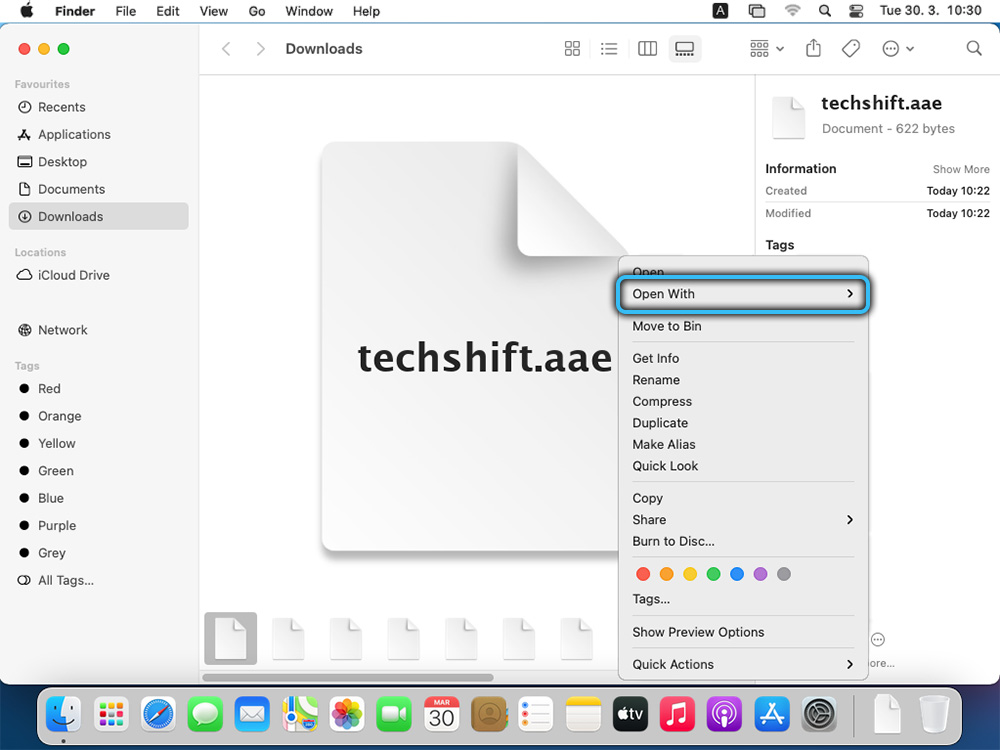
Another thing is when you need to access this data on a computer with an incompatible OS. For example, if you want to open a file with the “.aae” extension in Windows 10, you can do this using a text editor (including notepad) that allows you to view the contents. However, the received XML data is not informative, because it is encoded and only the Apple Photos application can read it correctly.

Applications that can open AAE files:
- Apple Photos;
- Apple Text Edit;
- Microsoft Notepad (Windows).
Converting “.aae” to “jpeg” or another image format will not work, because the content of the object is not the image itself, but metadata. That is, an AAE extension is created on the device for the original JPEG instead of saving another JPEG picture, so that when opening these files on OSes below iOS 8 and macOS 10.10 or other incompatible platforms, the edited photos open only in their original state. So, if you need to convert, or rather, transfer the processed photo to a device with Windows, Linux or Android, you can get out of the situation in the following ways:
- Edit photos in other applications without using regular Photos software. Changes made to snapshots will be saved as a new file, rather than being displayed in the gallery as a source with accompanying AAE elements.
- Send data edited in “Photo” by mail, then save as a new JPEG file, which can already be transferred to any device.
- Share edited photos in messengers, then save as a new element in JPEG.
Is it possible to delete an AAE file
There is no point in storing files on your computer if you do not intend to use them on an Apple device in the future, so in this case, deletion is more advisable. By saving the AAE in the same directory as the originals, you can return to the processed files later on your iPhone, iPad or Mac, the Photos application will easily read them.
You can delete metadata from iPhone, but it will show up again the next time you connect to a PC. In this case, the removal of AAE will be performed after the rollback of changes made to the snapshot in the application.
So, now you know what an AAE file is, how to open it and how to delete it if it is out of date.
